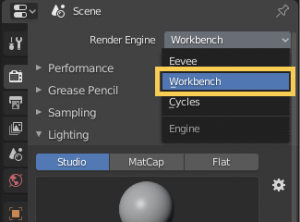
Children-focused extra simple version of BlenderĪddons don't have to fall strictly into any of the categories outlined above.This may be appropriate for addons that intend to completely change the focus of Blender, such as a 3D-printing addon, or architecture addon. If this is the case, consider adding a panel inside the Properties Editor.Īddons may add a custom template, which alters the way Blender looks and functions. Perhaps your addon is best described as a list of custom properties that attach themselves to a data ID block.

output-dir=./release/datafiles/blender_icons_geom release/datafiles/blender_icons_geom.py - \ Once you do the geometry in blender, you can transform it into a binary icon file with the command: This will guide you through creating the icon mesh correctly.

To create the actual icons, follow the built-in README.txt inside icon_geom.blend. This library is located in Blender's Resources SVN repository, here: You can see some examples of these blender files with icons in the "icon_geom.blend" in the library with the blender dependencies. In blender 2.8 we have the possibility of creating binary icon files (.dat) from blender files (.blend). Tools in the toolbar have to supply an icon. The settings pertaining to the active tool will automatically be added to the Tool Properties section. Active tool to interactively bend or curve a mesh.Active tool to interactively add objects by dragging.If your addon makes sense as an active tool (anything that is interactive inside the viewport), your addon can register itself as an active tool in the toolbar.
You can also register and add your command to the contextual menu (right click menu)įor quick access, users can add your command to their custom Quick Commands menu (Q key)

If your addon is simply an operator command (eg such as Subdivide, Symmetrize, Convert, Join etc.) there is no need to add a panel or a button at all. Below are several scenarios that illustrate what to do in common cases. Because of the new way tools are handled in 2.8, this may no longer be appropriate.ĭepending on what type of addon you are making, you should integrate into the 2.8 UI in different ways. This was somewhat a random accident of history, in that the toolbar was always just a list of duplicated quick commands. In 2.7x, there was a convention to put all addons inside the toolbar (T-key).
#BLENDER 2.8 PROPERTIES PANEL HOW TO#
This document serves as a guide to addon developers on how to integrate with the Blender’s UI in 2.8. With the forthcoming release of Blender 2.8, addons need to be updated.


 0 kommentar(er)
0 kommentar(er)
